ChatGPT stands for Chat Generative Pre-training Transformer, roughly speaking, it is an artificial intelligence chatbot built to understand human language and generate text-based responses that closely resemble natural human language.
It is capable of generating accurate and contextually appropriate responses based on user input, as well as translating text between different languages, supporting daily tasks, tracking tasks, and setting priority levels.
Additionally, it can be used for marketing and advertising, learning and teaching, consulting, and technical support.
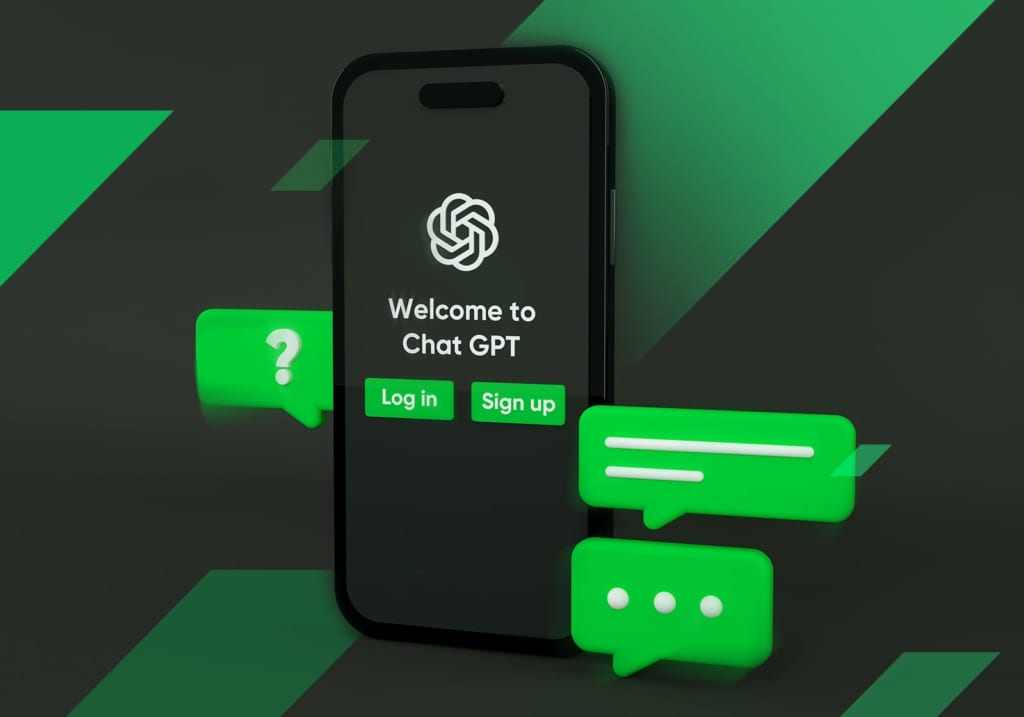
1. The latest update for ChatGPT
ChatGPT is a large language model chatbot developed by OpenAI. It is trained on a large dataset of text and code, and can generate text, translate languages, write various types of creative content, and answer your questions in an informative way.
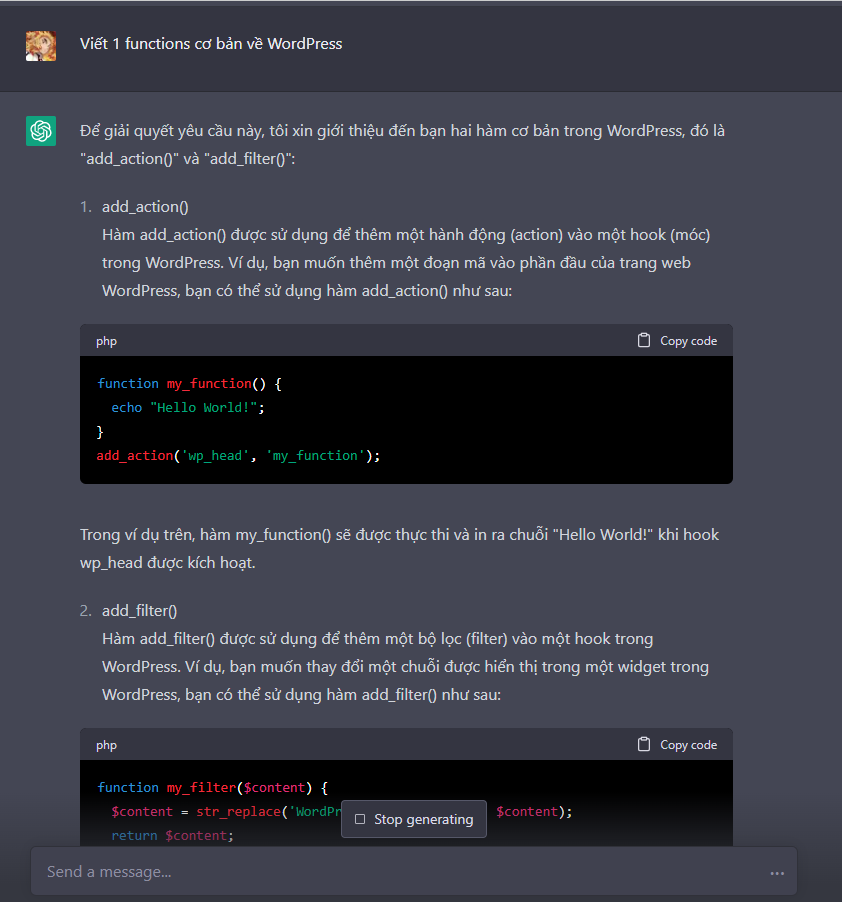
2. Meaning of “ChatGPT”
The name “ChatGPT” is a combination of the words “chatbot” and “GPT-3”. A chatbot is a computer program that can simulate a conversation with users. GPT-3 is a large language model chatbot developed by OpenAI.
The name “ChatGPT” is chosen because it reflects the capabilities of the chatbot. ChatGPT can converse with humans and is powered by GPT-3, a large language model trained on a vast amount of text and code.
This is a more detailed explanation of the two words that make up the name “ChatGPT”:
A chatbot is a computer program that can simulate a conversation with users. Chatbots are commonly used in customer service applications, where they can answer questions and provide support to customers, and they can also be used for entertainment purposes, such as playing games or telling stories.
GPT-3 is a large language model developed by OpenAI and trained on a large dataset of text and code, allowing it to generate text, language translation, write various types of creative content, and answer your questions informatively.
However, GPT-3 is still under development, but it has already learned a wide range of tasks. As GPT-3 continues to develop, it will become more powerful and useful.
GMO – Z.com RUNSYSTEM – Top AI development companies in Vietnam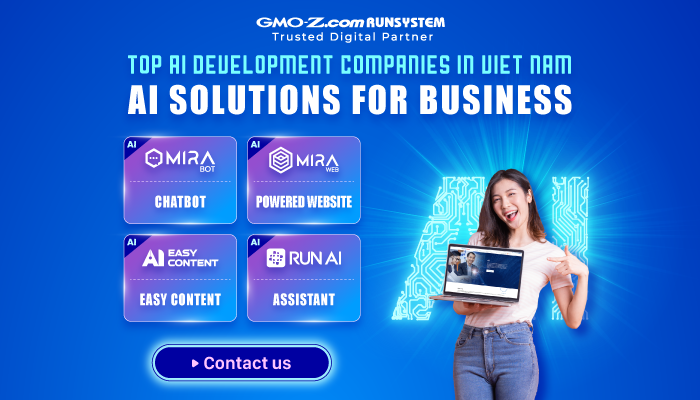
ChatGPT first operates by understanding the context of your question or request. Then, it uses its knowledge of the world and its text generation abilities to produce a response that is both informative and helpful.
Here is a more detailed explanation of how ChatGPT works:
First, ChatGPT attempts to understand the context of your question or request. This includes understanding the words you are using, as well as your tone and communication intent.
For example, if you ask ChatGPT “What is the capital of France?”, first ChatGPT will understand that you are asking a question. Then, it will use its knowledge of the world to find the answer to your question. In this case, the answer is “Paris”.
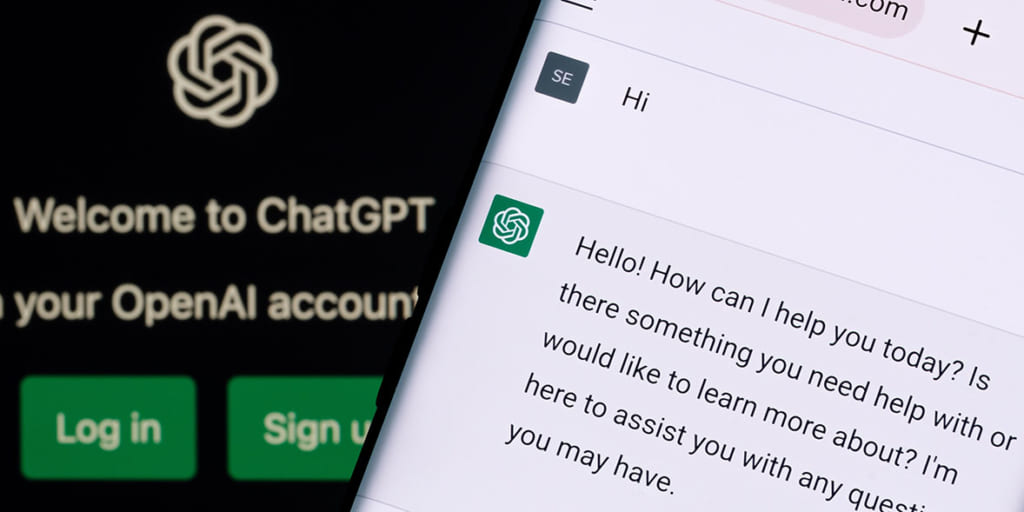
After understanding the context of your question or request, ChatGPT will create a response. This response will be based on ChatGPT’s knowledge of the world and ChatGPT’s text generation capabilities.
For example, if you ask ChatGPT “What is the capital of France?”, ChatGPT may generate the following answer:
The capital of France is Paris. Paris is a city in the northern center of the country. This is the capital and the most populous city of the country. Paris is a major center for business, finance, fashion, cuisine, and culture.
ChatGPT is still under development, constantly learning and improving. As ChatGPT interacts with more people, it will learn to better understand the context of their questions and requests. It will also learn to generate more helpful and informative responses.

4.1. Advantages
ChatGPT is trained on a large dataset of text and code, allowing ChatGPT to generate text that is informative and useful. It can also translate languages, write various types of creative content, and provide comprehensive answers to your questions.
When ChatGPT interacts with more people, it will learn to better understand the context of their questions and requests. It will also learn to generate more useful feedback and information.
ChatGPT is a powerful tool that can be used for various purposes. It can be used for education, research, entertainment, and business.
Instead of spending a large amount to hire someone such as an engineer, IT staff, or accountant, etc., we can use a bot. However, in terms of effectiveness, it may not be as good as humans.

ChatGPT is trained on a large dataset of text and code, including both accurate and inaccurate information. Therefore, ChatGPT can be manipulated to generate inaccurate information or cause misunderstandings.
ChatGPT is trained on a large dataset of text and code, including biased language and offensive content. Therefore, ChatGPT may exhibit bias or give offensive responses.
ChatGPT is still under development and not always reliable. Sometimes it may generate inaccurate information or cause misunderstandings, and at times it may be biased or annoying.
ChatGPT’s knowledge is currently only up to the year 2021. Therefore, events that occur from 2022 onwards are not yet included.
Currently, ChatGPT has 3 versions:

However, the cost of GPT-4 is currently 7-8 times higher than that of GPT-3. Article details: The difference between GPT-3.5 and GPT-4 from OpenAI
According to information from Twitter Siqi Chen, co-founder of OthersideAI, received notification from OpenAI that ChatGPT-5 will complete training in December 2023. However, this is not certain.

If ChatGPT-5 truly achieves AGI, it will be both extremely interesting and frightening. This new generation of AI will possess understanding and human-like intelligence. This intelligence, combined with the rapid learning ability of AI, will give it superior processing and creativity capabilities.
In the future, we will never know what AGI can do. Many experts also warn of the risks of creating overly intelligent and powerful AI. This could pose a real threat to humanity.
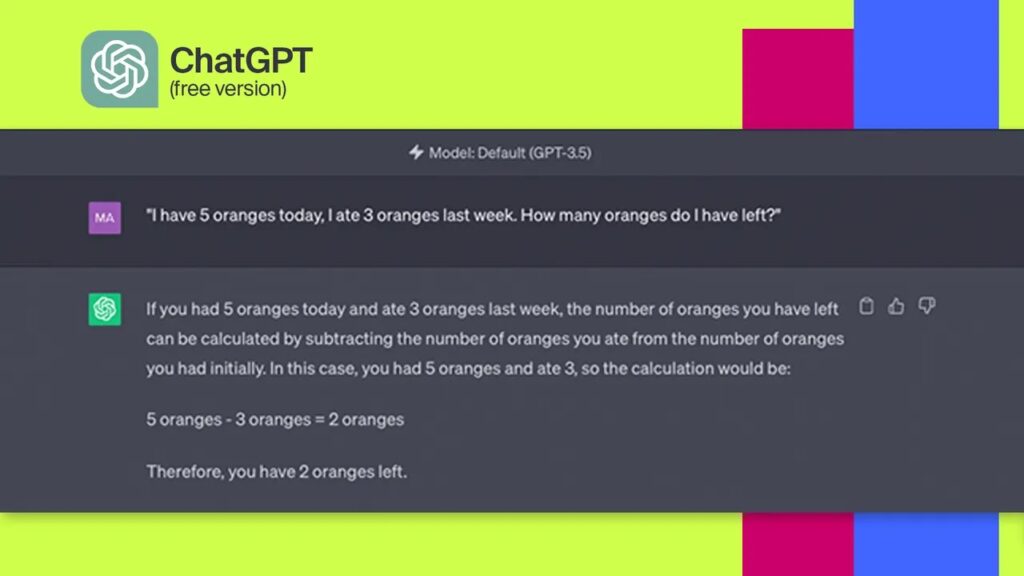
ChatGPT-5 is the next generation of the ChatGPT language model developed by OpenAI. ChatGPT-5 is expected to have more capabilities than ChatGPT-4, including the ability to:
ChatGPT-5 is expected to be a powerful tool that can be used for various purposes, including education, research, entertainment, and business. It is still under development, but it has the potential to revolutionize how we interact with computers.



